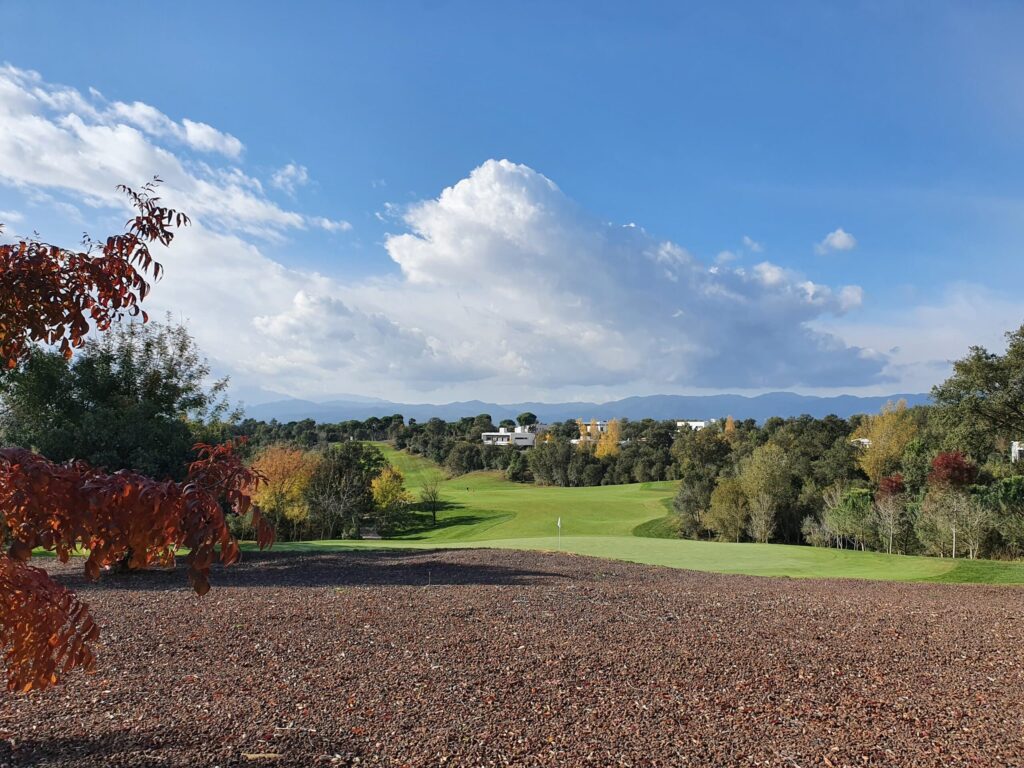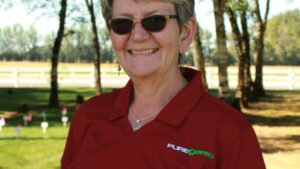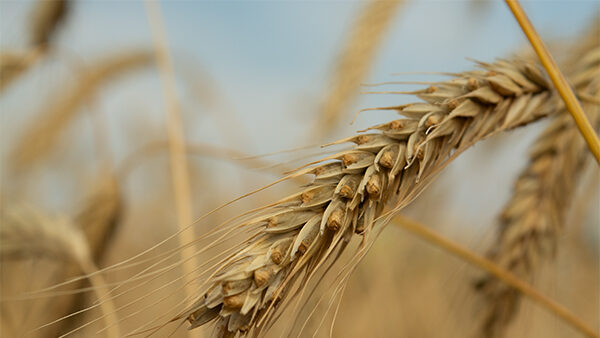In the face of a changing climate, where rising temperatures and frequent droughts are becoming the norm, turf managers are confronted with the challenge of maintaining lush green landscapes. The scarcity of irrigation water, often high in salt content, has pushed the transition from cool-season to warm-season grasses, resulting in a northward expansion of the European transition zone.
The transition zone, an area where both warm- and cool-season grasses coexist, experiences significant temperature fluctuations throughout the year. These fluctuations present difficulties in preserving consistent turfgrass coverage.
This expansion of the transition zone carries substantial implications for the turfgrass industry and turfgrass managers, particularly concerning overseeding. As overseeding becomes a yearly necessity to ensure year-round green turf coverage, the demand for suitable seed varieties with increased salt tolerance is on the rise.
Overseeding involves introducing cool-season grasses into existing warm-season turf swards, maintaining green coverage during the colder months when warm-season grasses go dormant. In Europe, Bermudagrass is the predominant warm-season grass used in the transition zone due to its high heat, drought, and salt tolerance. The selection of cool-season grass species for overseeding depends on local climate conditions and specific preferences.
Perennial ryegrass, prized for its rapid germination, fine texture, and vibrant green color, is a popular choice. Annual ryegrass, offering fast germination and temporary green coverage during dormancy, is another option. However, it has a shorter persistence and may underperform in exceptionally cold years. Occasionally, fine fescue and Kentucky bluegrass may be considered.
The expansion of transition zones inevitably leads to increased costs and maintenance, as more seed must be procured. Turf managers must allocate resources accordingly, while seed companies must anticipate growing demands for overseeding seed species and varieties with distinct attributes.
With the mounting pressure on water availability for irrigation and the potential need for saline water, seed companies must provide species and varieties that thrive in winter conditions and possess increased salt tolerance. Tetraploid ryegrasses, such as 4turf® from DLF, stand out as the premier choice for overseeding due to their superior performance in winter survival and enhanced salt tolerance when compared to diploids.
In the European market, seed companies must proactively address the changing demands of overseeding in response to climate change. This involves developing and supplying species and varieties that can thrive in evolving conditions. Ultimately, proactive adaptation and collaboration with turf professionals will be essential in ensuring the continued success of turfgrass management in these shifting transition zones.








